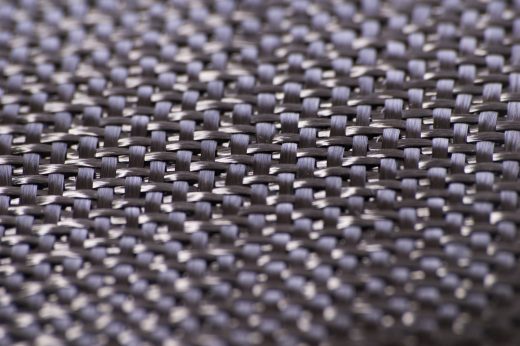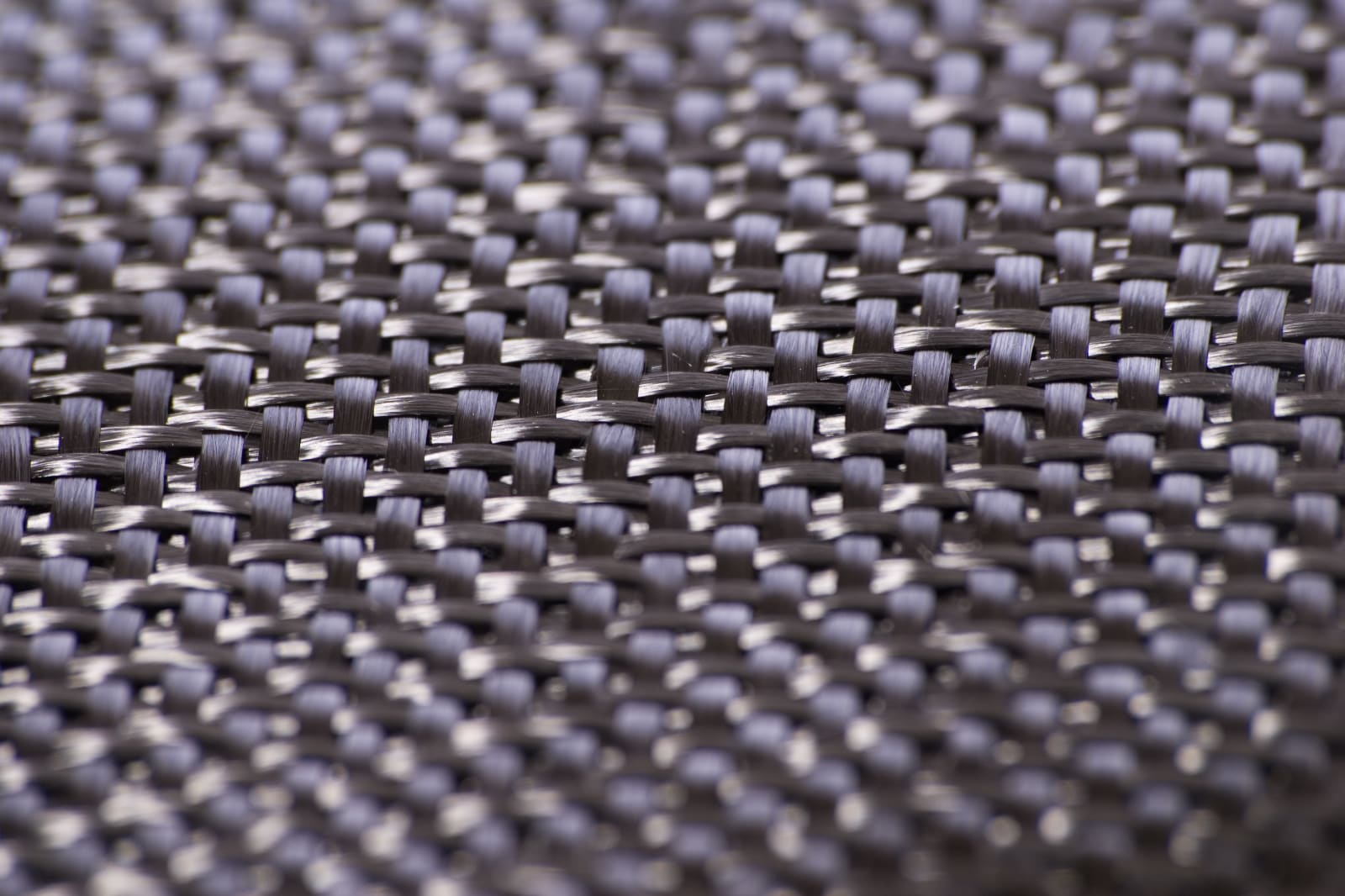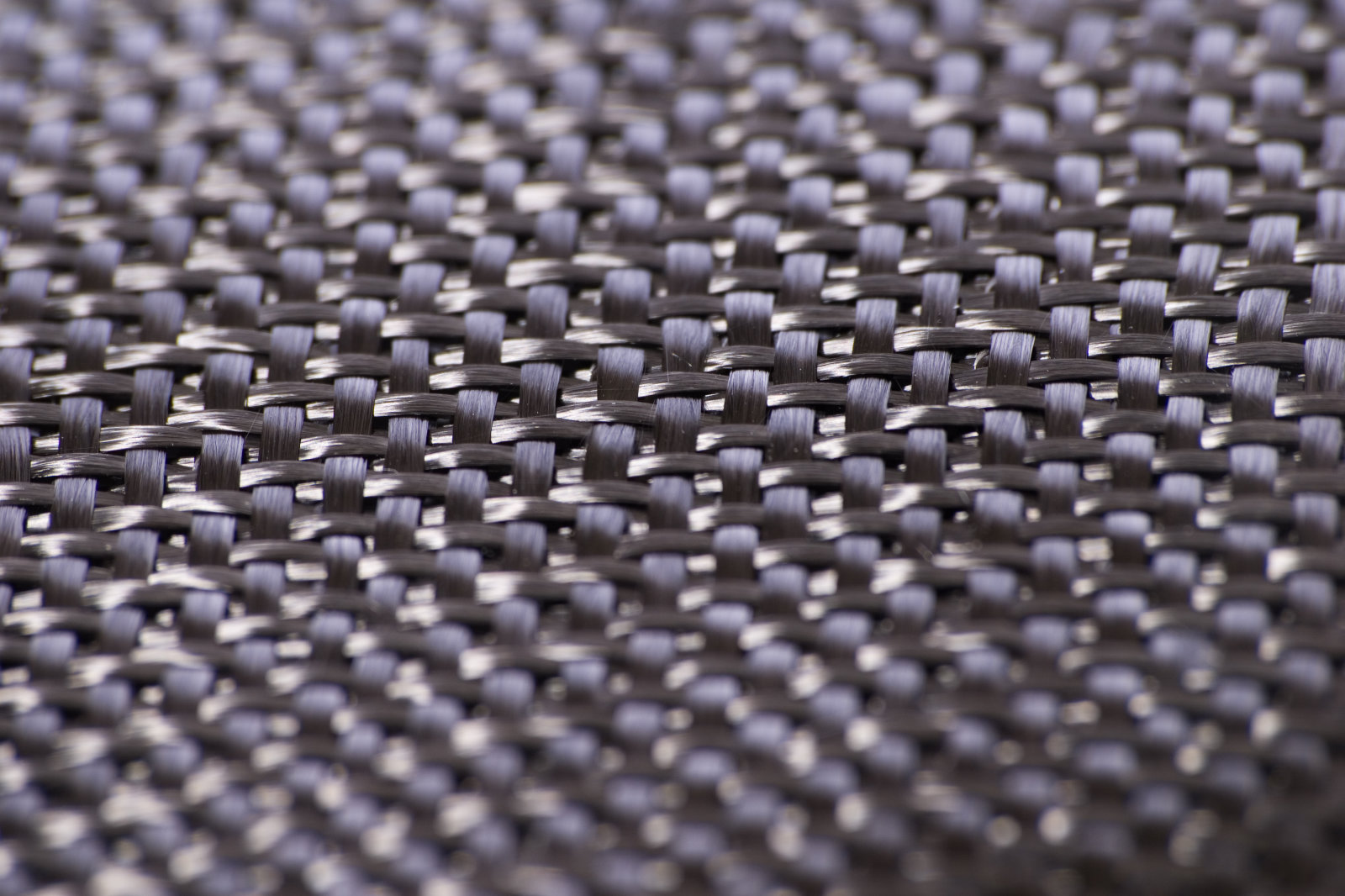Chaos leads to stronger carbon fiber
Carbon fiber is widely used in aircraft and performance cars thanks to its light-yet-strong nature, but it’s still a fuzzy science. What’s the ideal baking temperature, and the resulting degree of chaos in carbon atoms, that you need to make the sturdiest material? MIT might finally have an answer. Its researchers have discovered a link between the random order of carbon atoms in a baked resin and its consequent density and strength. And by doing so, they’ve found an ideal baking temperature that makes the carbon as random (and thus as light and strong) as possible.
The team found that the inherent disorder in this particular resin (phenol-formaldehyde) formed 3D connections that are not only tough to break, but only require a fraction of the usual carbon atoms to create their structure — you could use much more of it in a vehicle and still have a lighter design. If you bake the resin at any temperature higher than 1,832F, the atoms become more orderly and weaker.
It’s easy to see use cases: you could see more efficient aircraft and cars that travel further and faster without compromising their strength. And the researchers see even more potential in the long run. You could get even more resilient carbon fiber by wrapping it in other structures (such as nanotubes), or take advantage of the weight savings to include sensors.
(36)
















